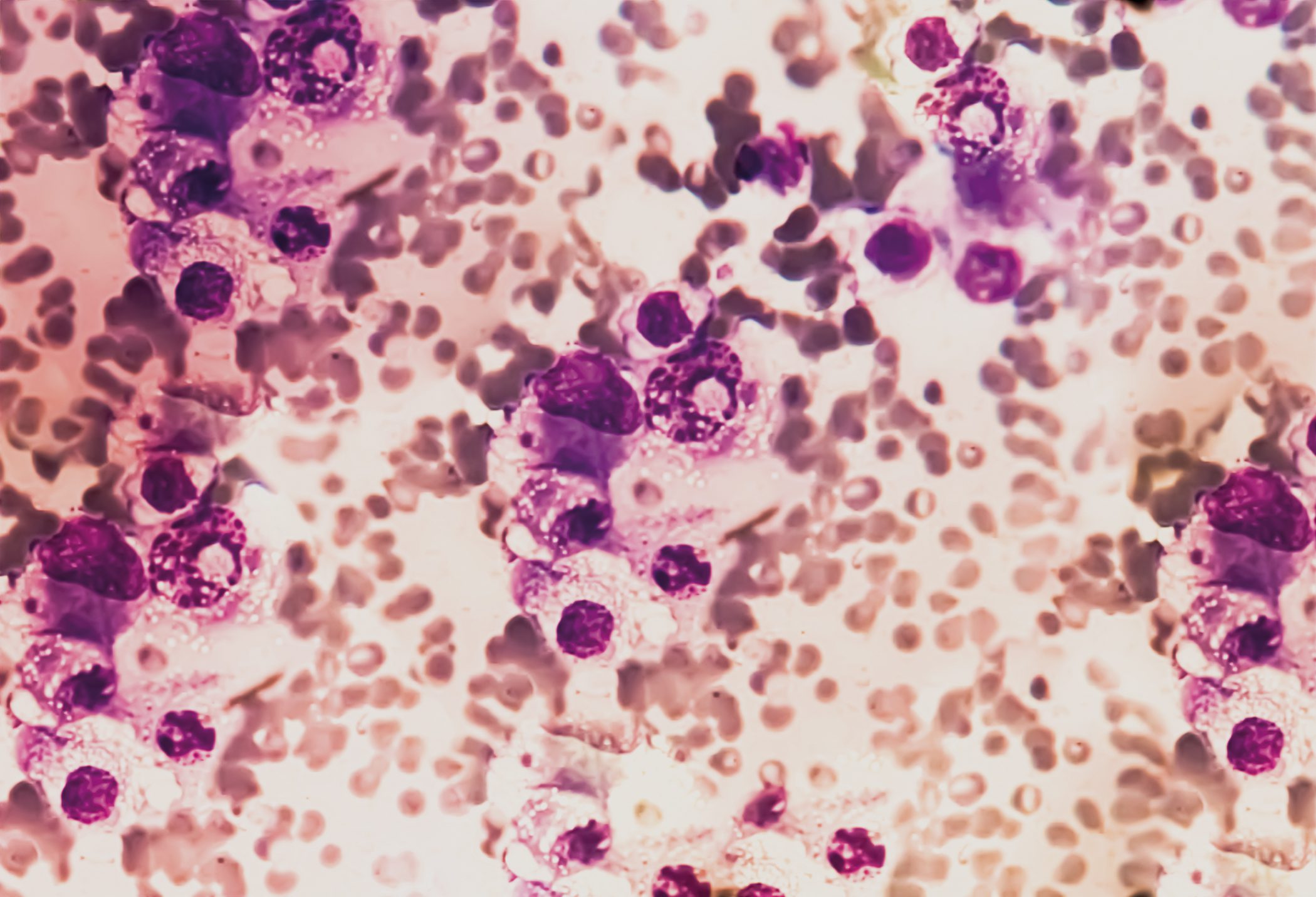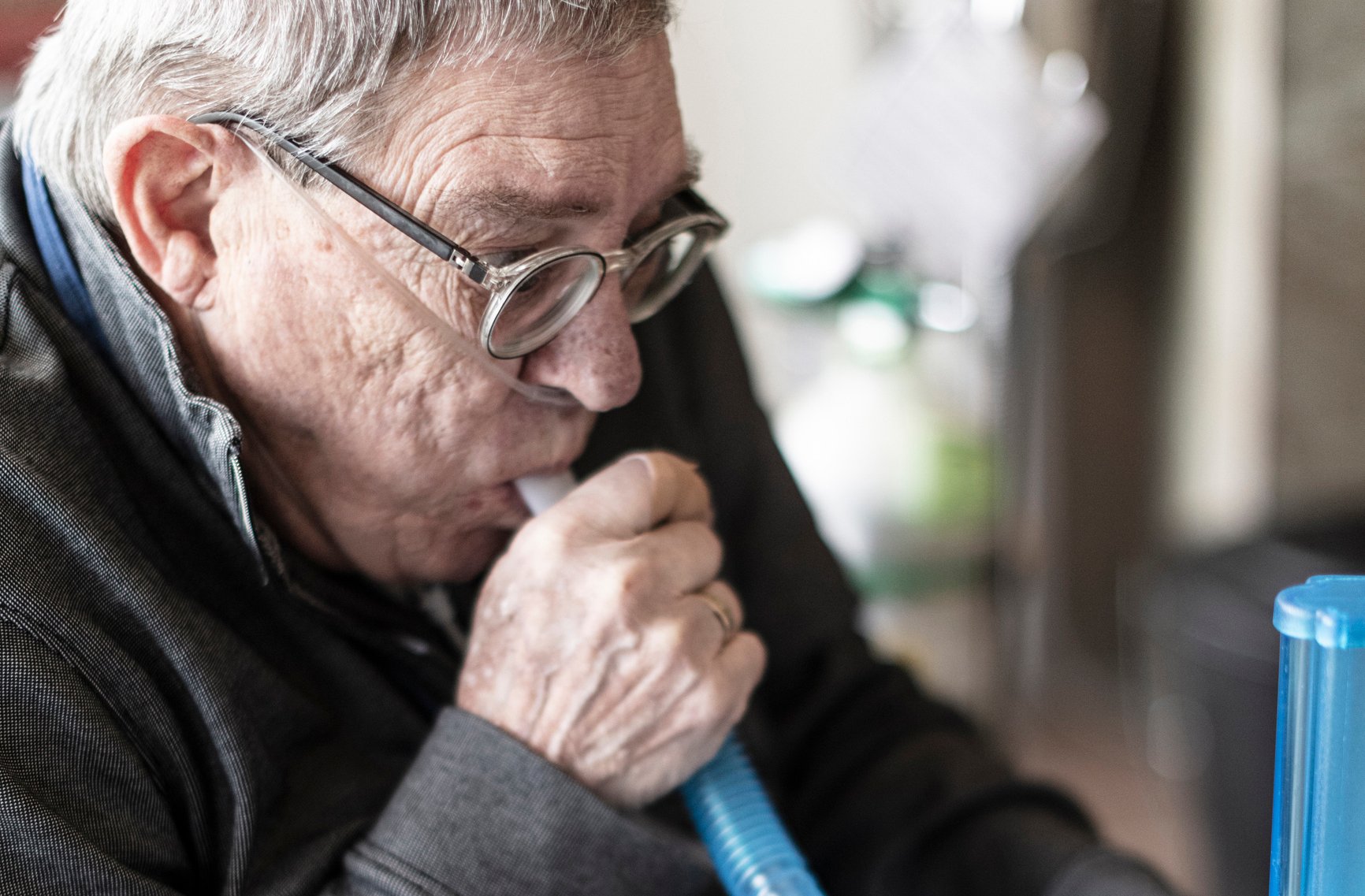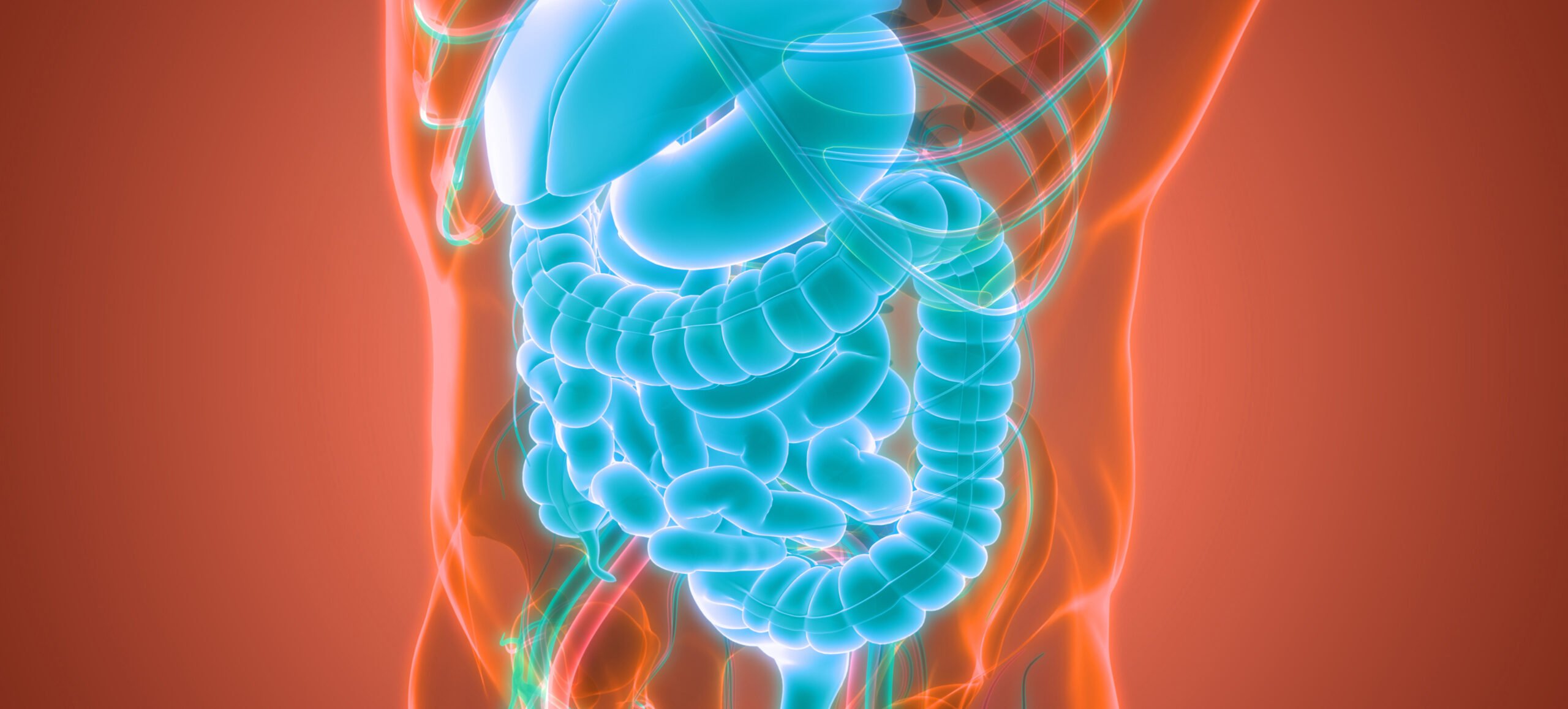The annual meeting of the European Hematology Association (EHA) has been one of the most important focal points for international haematology for many years. With more than 15,000 participants on site and online, the 2025 congress in Milan also offered a comprehensive overview of the latest studies, translational knowledge and clinical trends. There was a particular focus on multiple myeloma – a disease that has undergone a breathtaking transformation in recent years. While survival times were measured in months two decades ago, treatment today achieves disease control lasting several years in many cases. The EHA 2025 contributions clearly illustrated how dynamically the field is developing: Bispecific and trispecific antibodies, CAR-T cell therapies, real-world analyses, combination therapies and new biomarkers mark the path to a future that is likely to be characterized by precision and individualization.
You May Also Like
- Music as a cure for cancer?
Music therapy in Swiss oncology
- Clinical significance, pathophysiology, diagnosis and management
Frailty in COPD
- Bladder infections and urinary tract infections
Survey reveals information deficits in the population
- Early detection of type 1 diabetes
Detection of insulin autoantibodies as an early marker
- Type 2 diabetes
Smoking causes more than double the risk
- From symptom to diagnosis
Abdominal pain – Colitis
- Pathophysiology, cardiovascular consequences and metabolic interventions
Obesity accelerates cardiovascular ageing
- CKD: counteracting kidney progression and reducing the risk of CVD











